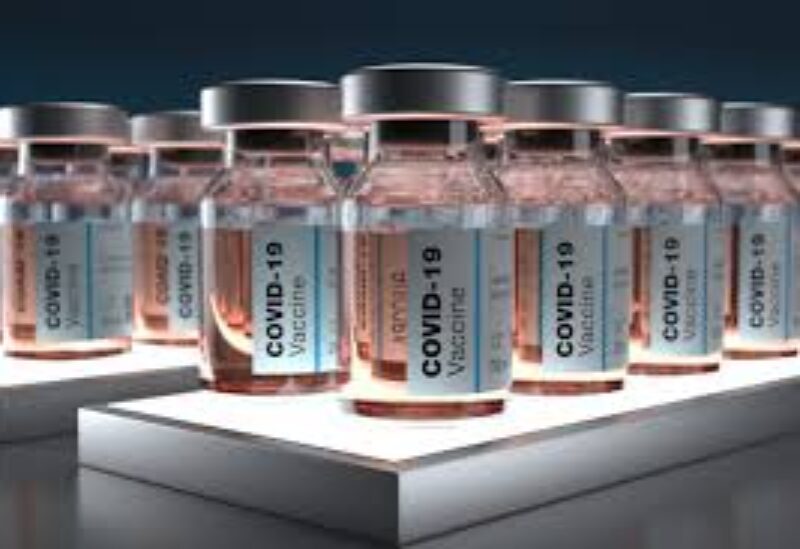
Covid-19 vaccines
When COVID-19 invades our bodies, the virus tries to overcome the immune system. It attacks and multiplies in huge numbers readying itself for the inevitable fightback.
As the pandemic has shown, for many, their immune responses failed to combat coronavirus. The infection killed them.
Many others fell ill, some seriously, and some slightly, showing few symptoms at all while acting as carriers for the virus’s spread.
It is ultimately the immune system that is the first and last line of defense against infectious disease. It uses a variety of tools to fight off infections, with red blood cells carrying vital oxygen to tissues and organs, and white blood cells acting as the key shield against infecting viruses, bacteria, fungus and other microorganisms.
Helping the body’s immune system, we have multiple medicines at hand.
In the fight against viruses vaccines have benefited Mankind for generations. Polio, Rubella along with many others are blocked by the body’s immune system when boosted by that vaccine.
According to the global vaccine alliance GAVI, all vaccines work by exposing the body to molecules from the target pathogen to trigger an immune response.
When vaccines are introduced into the body, they offer protection by providing our bodies with a supply of memory to help it remember how to fight off the same virus if infected again in the future.
It typically takes two to three weeks after receiving a vaccine for the body to begin to produce its defense mechanism to ensure an effective immune response to defend itself in the event of that future infection.